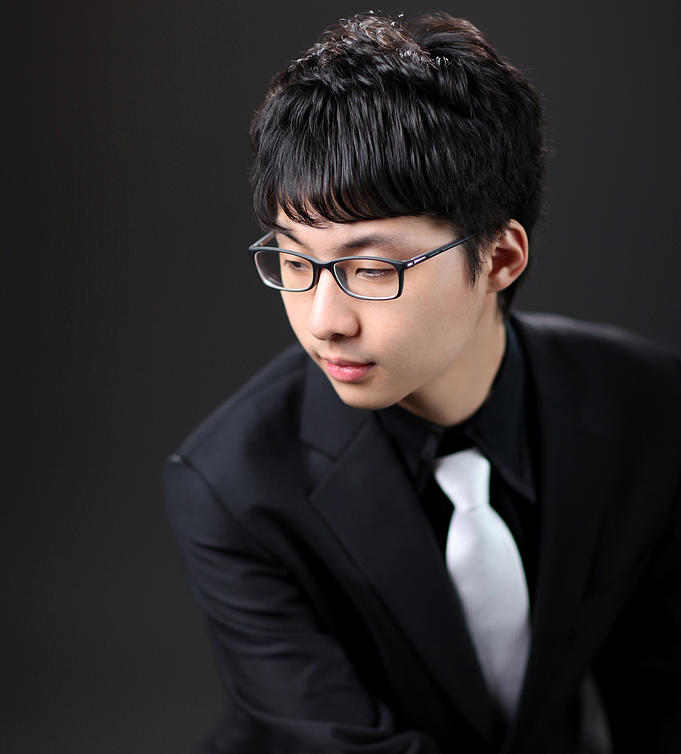Sung-Soo Cho, piano
Weill Recital Hall at Carnegie Hall, New York, NY
November 27, 2015
If only people flocked to recitals the way they throng the retail outlets on “Black Friday,” they would have been treated to an exceptional young artist of great promise. Sung-Soo Cho looks all of age twelve, but he is probably double that, considering that he is pursuing a doctorate and also teaching at the college level.
The entire recital was extremely well-prepared and played, with abundant mechanical gifts fully displayed in a wide-ranging program (Haydn to 21st century). But technique wasn’t the whole story: Mr. Cho manages to phrase very musically, and definitely has an “ear” for refined piano color and a wide tonal palette. I could only have wished that some of the program had been a bit less controlled, that he had conjured up the sense that he was communing with the instrument and the music more spontaneously—a place he did arrive by the end of the program.
Mr. Cho’s specialty, according to his bio, is contemporary American piano music. Indeed, the finest performance of the evening was his mesmerizing rendition of John Corigliano’s Fantasia on an Ostinato, which refers, through layers of texture, to the Allegretto movement from Beethoven’s Seventh Symphony. In this work, which Mr. Cho made sound much better than it really is, his coloration and sense of organization and drama were superb. The work is indebted to the “minimalist” movement for much of its gesture, but it is a language that Corigliano speaks somewhat “maximally.” Here Mr. Cho was in perfect union with the composition and the piano.
Mr. Cho also brought a beautiful sense of “space” to the Distance of the Moon (a New York premiere) by Michael Ippolito (a student of Corigliano).
Haydn’s Sonata in B Minor, Hob. XVI: 32, which began the recital, was played with great flair and crisp articulation, though in a work so compact I missed the repetitions of the expositions (and possibly even the recaps) in the first and third movements. Let us not treat Haydn as a mere appetizer.
Mr. Cho showed a marked sensitivity to the subtlety of so-called Impressionist French repertoire, playing three Debussy Préludes from Book II with perfect sonority. Les fées sont d’exquises danseuses, in particular, featured “exquisite dancing” of nimble, delicate fingers over the keys.
Before intermission, Mr. Cho barnstormed his way through Liszt’s concert “paraphrase” of Verdi’s Rigoletto. He managed its fierce business with great musicality, perhaps the only thing missing would have been a slightly “grander” air about the whole—surely that will come as he matures.
The final work on the program was Brahms’ compendium of pianistic difficulties: the Paganini Variations, Op. 35, played in its entirety. Here I really felt that Mr. Cho let go and showed us more of himself. He varied the voicing and color of each repeat wonderfully, and at the same time managed to make the piece sound “easy.”
All in all, a successful debut. Just a note, as anyone who reads my reviews regularly knows: If you are giving a recital in a major New York hall (or really anywhere), it is NOT ACCEPTABLE to have no program notes, especially when there are unusual works or premieres on the program.
Mr. Cho favored the audience with a fun encore: A Gliss Is Just a Gliss by David Rakowski.

